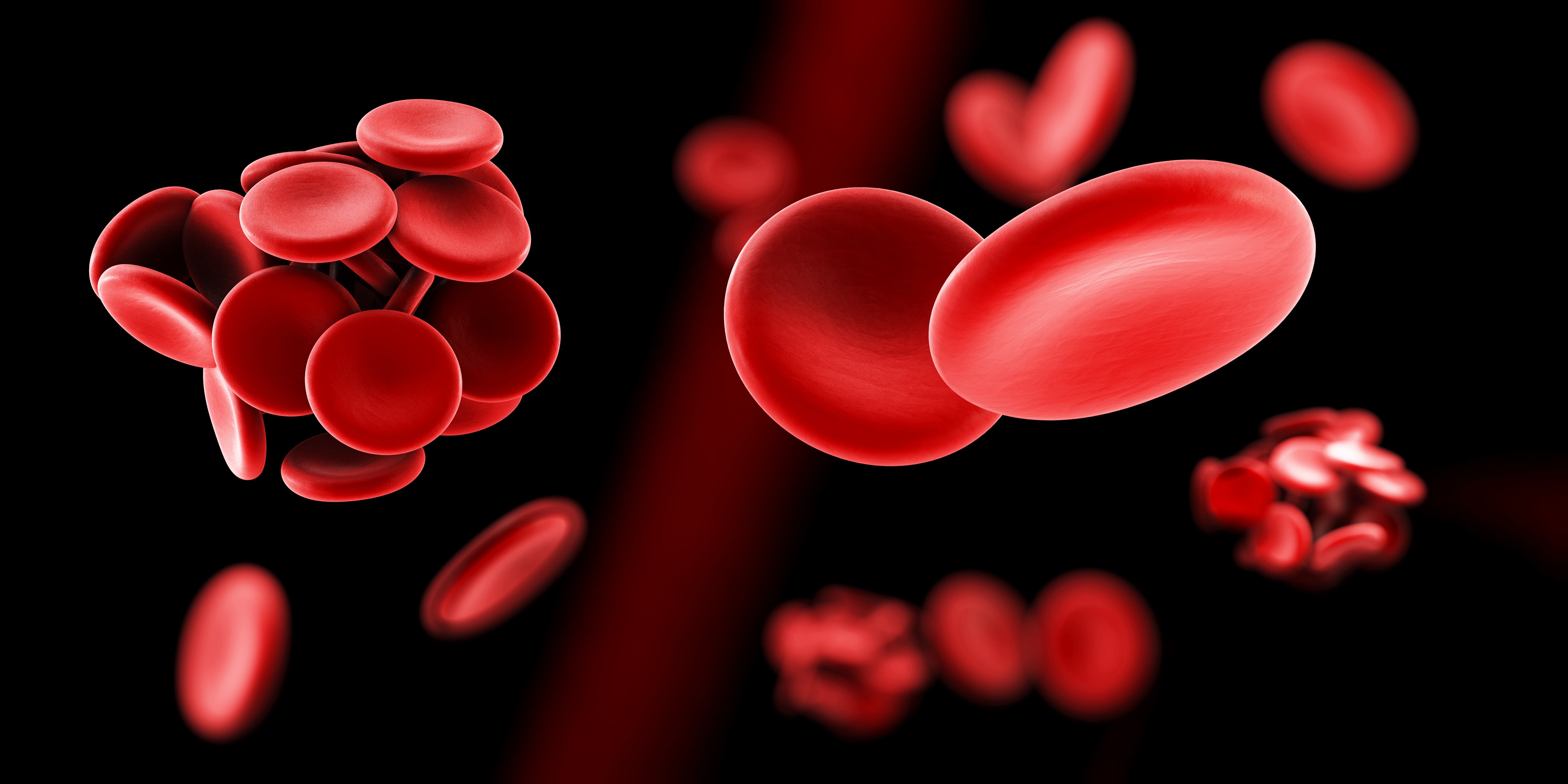Key Points:
- Semaglutide, a glucagon-like peptide-1 (GLP-1) analogue, has previously been shown to reduce body weight and improve HF-related symptoms among individuals with HFpEF and obesity who did not have diabetes. Whether similar benefit occurs among individuals with type 2 diabetes mellitus has been unknown.
- The STEP-HFpEF DM trial enrolled 616 patients with obesity-related HFpEF and type 2 diabetes mellitus and randomized them to once weekly subcutaneous semaglutide or placebo.
- At 1-year follow-up, treatment with semaglutide resulted in a greater improvement in HF-related symptoms as assessed by the KCCQ clinical summary score and greater weight loss as compared to placebo.
Heart failure with preserved ejection fraction (HFpEF) is now the dominant subtype of heart failure. Obesity and type 2 diabetes mellitus are important contributors to the development and progression of heart failure with preserved ejection fraction. Semaglutide, a glucagon-like peptide-1 (GLP-1) agonist, previously resulted in improvement in HF-related symptoms and weight loss among individuals with HFpEF and obesity who did not have diabetes mellitus. However, it has been uncertain as to whether these benefits would translate to individuals with obesity-related HFpEF and type 2 diabetes mellitus as these patients are more likely to be receiving sodium-glucose cotransporter 2 (SGLT2) inhibitors and often have more advanced heart failure.
The STEP-HFpEF DM trial was a double-blind, randomized, placebo-controlled trial, undertaken at 108 sites in 16 countries. The trial enrolled 616 patients and evaluated the effect of 2.4mg of weekly subcutaneous semaglutide as compared to placebo on dual primary endpoints: change in KCCQ-clinical summary score (CCS) and percentage change in body weight from baseline to 52 weeks. Secondary endpoints included change in 6-minute walk distance and CRP from baseline to week 52 and a hierarchical composite endpoint including time to all-cause mortality, heart failure events, differences in KCCQ-CCS, and a difference of at least 30 meters in 6-minute walk distance. The trial enrolled individuals with heart failure and a left ventricular ejection fraction of at least 45% who had a body mass index of at least 30 and a diagnosis of type 2 diabetes mellitus at least 90 days before screening. Key exclusions included prior or planned bariatric surgery, type 1 diabetes mellitus, and individuals who had a recent weight change of more than 5 kilograms, or a recent cardiovascular event or GLP-1 receptor agonist use. Individuals with uncontrolled diabetic retinopathy and uncontrolled hypertension (systolic blood pressure > 160 mmHg) were also excluded. The mean age of the participants was 69 years, 44% were women, the average BMI was 37 kg/m2, and the average HBa1c was 6.8%. Approximately one third of participants were taking mineralocorticoid receptor antagonists and SGLT2 inhibitors at baseline.
Individuals randomized to semaglutide experienced a greater improvement in their KCCQ-CCS (estimated treatment difference of 7.3 points; 95% CI: 4.1 to 10.4, p<0.001) and greater weight loss (estimated treatment difference of -6.4%; 95% CI: -7.6 to -5.3, p<0.001) from baseline to week 52 as compared to placebo. Participants in the semaglutide group also experienced greater improvement in the secondary endpoint of 6-minute walk distance and a greater reduction in CRP. Reductions in NTproBNP and HBa1c were also observed. Serious adverse events were less common among the semaglutide group as compared to the participants receiving placebo.
The authors commented that “semaglutide is a valuable therapeutic approach in the management of patients with obesity-related HFpEF and type 2 diabetes”.





